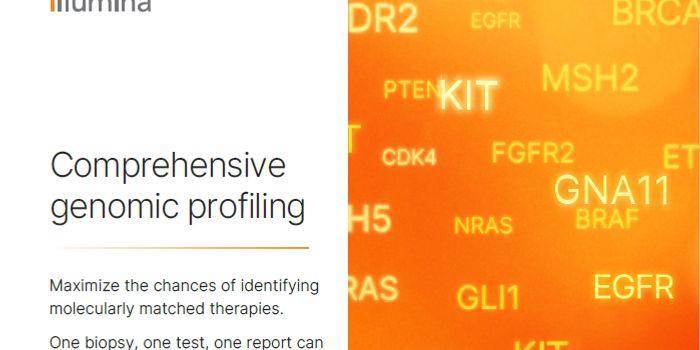How a Genetically-modified Virus can Combat Prostate Cancer
Around one in nine men will get prostate cancer, which is the second-deadliest cancer for American men after lung cancer. Scientists at the São Paulo State Cancer Institute (ICESP) in Brazil are trying to improve therapeutics for the disease. After injecting a virus they engineered into a mouse model of prostate cancer, they found that the virus can destroy tumor cells and make them more vulnerable to chemotherapy. In some cases, tumors were almost eliminated. The work has been reported in Gene Therapy.
"We used a combination of gene therapy and chemotherapy to combat prostate cancer in mice," said the study leader Bryan Eric Strauss, head of the Viral Vector Laboratory at ICESP's Center for Translational Research in Oncology (CTO). "We chose the weapon we considered most likely to work as a tumor suppressant.”
The researchers selected a gene called p53, which plays a critical role in regulating cell growth, as that weapon. They inserted the p53 gene sequence into the genome of an adenovirus. Adenovirus vectors are commonly used as delivery systems in gene therapy and are described in the video.
"First, we implanted human prostate cancer cells in the mice and waited for tumors to grow. We then injected the virus directly into the tumors. We repeated this procedure several times. On two of these occasions, we also systemically administered cabazitaxel, a drug commonly used in chemotherapy. After that, we observed the mice to see if the tumors developed," explained Strauss.
Four groups of mice were used; one received the gene therapy, one got an unmodified virus, one group was exposed to cabazitaxel chemotherapy alone, and the last group received both chemotherapy and the engineered virus. The engineered virus went into the nucleus of tumor cells, and triggered cell death, especially in prostate cancer cells.
"Individual treatments with p53 or cabazitaxel alone had an intermediate effect in terms of controlling tumor growth, but the combination had the most striking result, totally inhibiting tumors," Strauss said. "The association of the drug with gene therapy resulted in full control of tumor growth. In other words, we observed an additive or even synergistic effect," he added.
Prostate cancer can be controlled with chemotherapy drugs, noted Strauss, but they often come with dangerous side effects; leukopenia is one, in which white blood cells are lost. In this study, a subtherapeutic dose of the drug was used, and leukopenia was prevented.
At this stage, this type of viral therapy would have to be injected “directly into tumor cells," Strauss said. There is also no guarantee that the virus would eliminate every cancer cell.
The researchers added a second gene to the mix to improve the efficacy of the virus. They selected the interferon-beta gene because of its immune system significance. White blood cells make interferons, which disrupt the propagation of microbial invaders, and can stimulate immune activity in other cells.
"Both p53 and interferon-beta can kill tumor cells. We wanted to combine them for cell death to wake up the immune system. This is known as immunogenic cell death," Strauss explained.
When a genetic partner of p53 and interferon-beta were delivered to the nucleus of tumor cells, the mouse immune system saw the tumor as an invader and mounted an immune response to destroy it.
"When this happens, the immune system combats tumor cells both at the treatment site and in tumors located elsewhere," Strauss noted. "Our goal now is to refine these approaches. We're engaged in experiments to find out whether they deserve to advance to the stage of clinical trials in human patients."
Sources: AAAS/Eurekalert! via São Paulo Research Foundation - FAPESP, Gene Therapy









